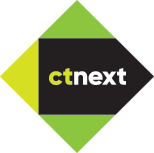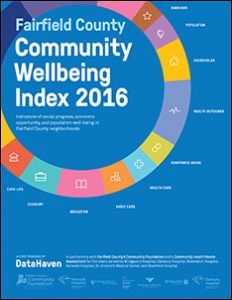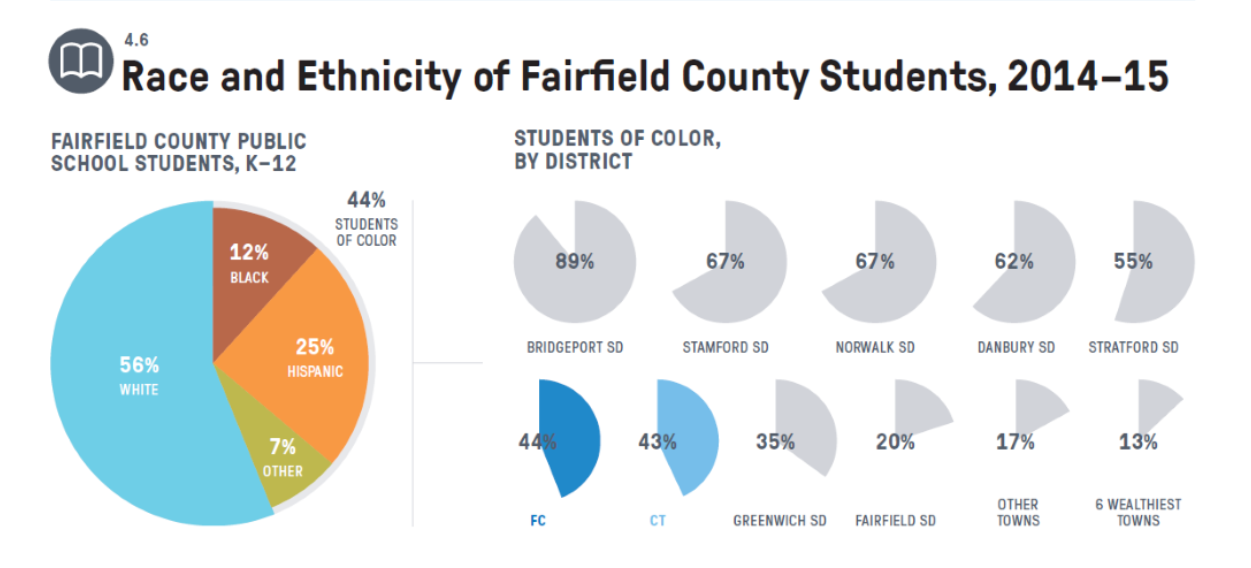CT Has Nation’s Highest Average Rate of Student Debt, Topping $35,000 Per Borrower
/In 2017, more than 44 million Americans are working to repay student debt. Nowhere in the nation is the challenge and burden of student debt more acute than in Connecticut, which has the highest student-debt-per-borrower average in the United States.
At $35,947, Connecticut’s average student loan debt outpaced the nation, where, on average, borrowers are working to repay more than $28,000 after graduation. That’s according to student loan and refinancing marketplace website LendEDU.com’s recently released study and analysis. LendEDU has pointed out that 59 percent of college graduates in the state have student loan debt. 
In addition to having the highest student-debt-per-borrower average, according to LendEDU’s analysis, Connecticut has the:
- 12th highest percentage of graduates with debt (68%)
- 29th highest default rate (5.66%)
- 31st highest college enrollment (133,999)
Student loan debt is the second highest form of debt in the U.S., second only to mortgages, according to LendEDU. In addition, nationwide:
- Over 40% of borrowers have delayed starting a family because of their debt
- Over 60% of borrowers have delayed buying a car because of their debt
- Over 70% of borrowers have delayed saving for retirement because of their debt
- Around 75% of borrowers have delayed buying a home because of their debt
 In terms of average student debt, among the states with the highest levels, after Connecticut, are New Hampshire (#49), Pennsylvania (#48), Rhode Island (#47), Delaware (#46), Massachusetts (#45), New Jersey (#44), Minnesota (#43), Iowa (#42), South Carolina (#41), and New York (#40).
In terms of average student debt, among the states with the highest levels, after Connecticut, are New Hampshire (#49), Pennsylvania (#48), Rhode Island (#47), Delaware (#46), Massachusetts (#45), New Jersey (#44), Minnesota (#43), Iowa (#42), South Carolina (#41), and New York (#40).
At $42,912, the average student debt per borrower in Connecticut’s 4th Congressional District, is not only higher than the state average, but is the highest among Connecticut’s five congressional districts.
In the 1st Congressional District (Rep. John B. Larson) it’s $32,003; in the 2nd (Rep. Joe Courtney), $28,900 the 3rd (Rep. Rosa L. DeLauro), $38,255; and the 5th District (Rep. Elizabeth Esty), $20,246.
The portion of graduates with student debt in 4th District is 70% — tying with the 3rd District for second highest in the state. At 84 percent, the 5th Congressional District has the highest portion of graduates with debt in the state, while the 1st District has the lowest, at 52 percent.
While the student loan default rate in U.S. Rep. Jim Himes’s district (4.99%) is lower than the state average, it is the second highest in the state. The 5th District has the highest student loan default rate, at 11.84 percent, while the 3rd District has the lowest, at 3.73 percent.
The largest college going population is in the New Haven-centered 3rd Congressional district, with enrollment of 46,440 students, according to the website. The 4th Congressional District has a total college enrollment of 21,537, just behind the 3rd District (46,440) and 5th District (22,451). The 2nd Congressional District has the smallest enrollment total in the state, at 11,605.
46,440 students, according to the website. The 4th Congressional District has a total college enrollment of 21,537, just behind the 3rd District (46,440) and 5th District (22,451). The 2nd Congressional District has the smallest enrollment total in the state, at 11,605.
Among the state’s public colleges, the average student debt ranged from UConn’s $25,000 to Central Connecticut State University’s $27,920. Among all the state’s colleges and universities, among those with the highest average debt levels are Quinnipiac University, Sacred Heart University, and University of New Haven, all in the top 10 nationally with average student debt exceeding $40,000.



 That’s the idea behind Hartford Performs’ partnership with the Hartford Public Schools. A few years ago, when Hartford students’ test scores were at their lowest, our region’s vibrant arts community asked the school district how it could help. Many arts organizations and teaching artists had done some work in the schools and saw how adding music or theater techniques to a lesson could help children learn. They, along with classroom teachers, knew that when students get up and dance like planets in the solar system, they internalize abstract concepts such as rotation and revolution. When they act out a scene from a book, they better understand the characters’ motives and develop empathy.
That’s the idea behind Hartford Performs’ partnership with the Hartford Public Schools. A few years ago, when Hartford students’ test scores were at their lowest, our region’s vibrant arts community asked the school district how it could help. Many arts organizations and teaching artists had done some work in the schools and saw how adding music or theater techniques to a lesson could help children learn. They, along with classroom teachers, knew that when students get up and dance like planets in the solar system, they internalize abstract concepts such as rotation and revolution. When they act out a scene from a book, they better understand the characters’ motives and develop empathy.


 During the working group’s December meeting, which ran just over an hour, participants from 27 colleges and universities, including the presidents of most of the institutions, discussed the challenges and opportunities to advance innovation and entrepreneurship on their campuses and in the state.
During the working group’s December meeting, which ran just over an hour, participants from 27 colleges and universities, including the presidents of most of the institutions, discussed the challenges and opportunities to advance innovation and entrepreneurship on their campuses and in the state.



 The Jordan Porco Foundation does not charge a fee for service for Fresh Check Day in consideration of varying capacities to fund large-scale mental health programming. Instead, they provide significant support and ask participating schools to provide the remaining essential components within their budgetary means.
The Jordan Porco Foundation does not charge a fee for service for Fresh Check Day in consideration of varying capacities to fund large-scale mental health programming. Instead, they provide significant support and ask participating schools to provide the remaining essential components within their budgetary means.



 d childcare slots for fifteen percent of the county’s children ages 0 to 2, and enough subsidized slots to cover only twenty-two percent of these youngest children in low-income households.
d childcare slots for fifteen percent of the county’s children ages 0 to 2, and enough subsidized slots to cover only twenty-two percent of these youngest children in low-income households.


 ped the list in two additional categories: Lowest Percentage of Adults Who Experienced Pain in the Past Year Due to Oral Condition and Lowest Sugar-Sweetened Beverage Consumption Among Adolescents. The state also ranked in a tie for third for having the lowest percentage of elderly population with no natural teeth.
ped the list in two additional categories: Lowest Percentage of Adults Who Experienced Pain in the Past Year Due to Oral Condition and Lowest Sugar-Sweetened Beverage Consumption Among Adolescents. The state also ranked in a tie for third for having the lowest percentage of elderly population with no natural teeth.
 serves as an expert resource on oral health policy; and publicizes oral health policy analysis and recommendations.
serves as an expert resource on oral health policy; and publicizes oral health policy analysis and recommendations.

























